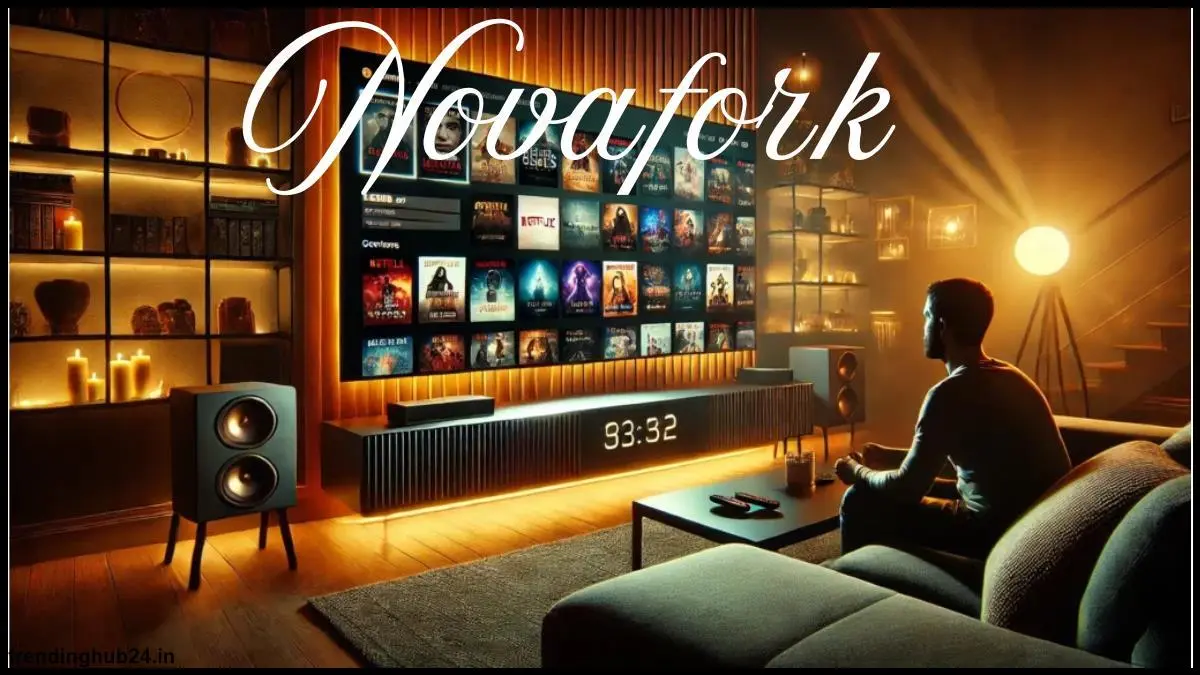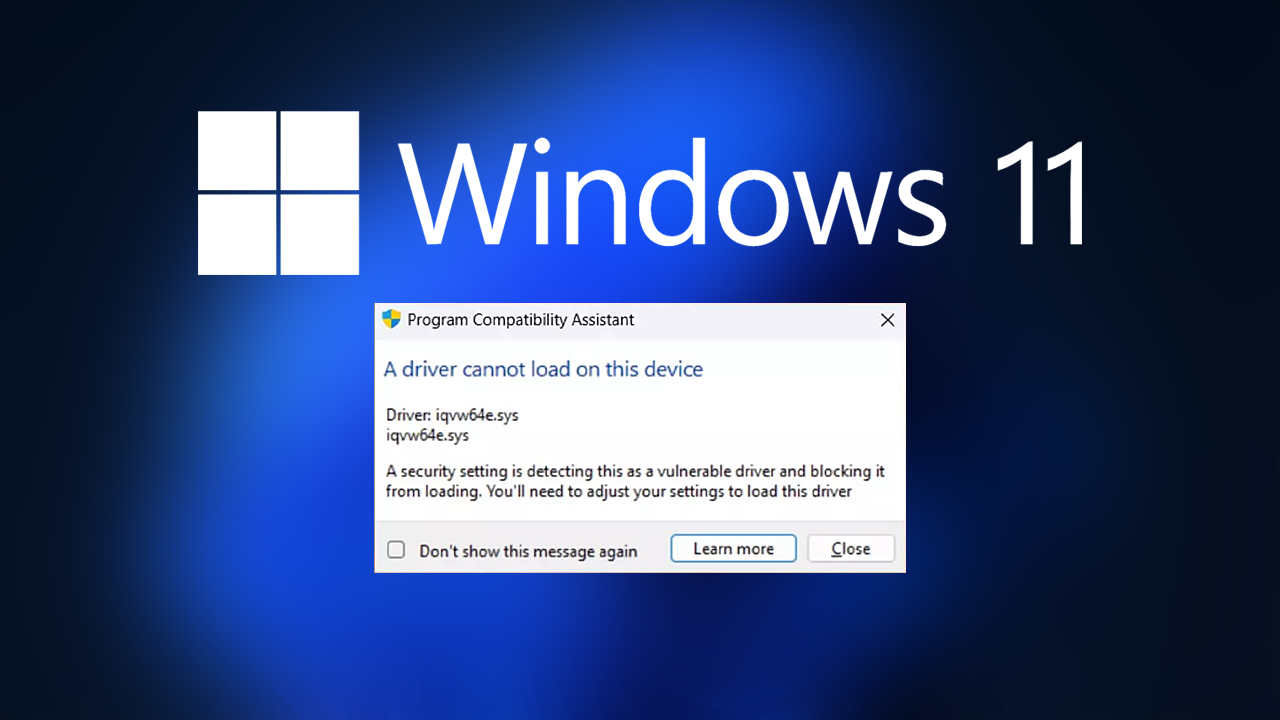Animation is as vast as it is thrilling and offers endless opportunities for producing stunning animations that impress people around the world. Two major kinds of animations lead the way: 2D and 3D animation. If you’re creating an animated short, or a promotional video or even a feature-length production, knowing the primary difference between these two styles will help you determine which one is more suitable for your requirements.
Let’s dissect it and discover the nuances of 2D and 3D animation, their distinct qualities, and ways to decide which one will be the best for your next project.
What Is 2D Animation?
2D animation, shorthand term for 2-D animation is an age-old art that’s been created for a long time. Imagine old-fashioned Disney movies like The Lion King or Aladdin. In this case, motion occurs in an asymmetrical space that focuses on width and height, but not on depth. Animation artists create sequences of the characters frame-by-frame in hand, or using a computer.
Key Features of 2D Animation:
- Flat visuals The reason for this is that 2D animation is not able to have perspective depth the visuals appear softer however, they are often stylistically distinct.
- Cost-effective 2D animation typically requires lesser infrastructure for technology, which makes it more affordable for small projects.
- A timeless appeal It has its origins in hand-drawn art, 2D carries a unique aesthetic appeal.
for creators or businesses who want to create emotionally-driven tales or invoke nostalgia, 2D animation can often create the perfect mood.
What Is 3D Animation?
In contrast, 3D animation brings characters or objects to life inside a 3D environment. Instead of using flat illustrations, 3D models are meticulously designed using digital programs which allow creators to create depth, shadowing and the appearance of texture. The most famous examples are the Pixar films Toy Story and Finding Nemo..
Key Features of 3D Animation:
- Realistic Depth 3D animations allow for the creation of life-like characters as well as immersive environments thanks to their 3D perspective.
- Flexibility industries like gaming, architecture, or even healthcare often make use of 3D animation for a wide range of uses that go beyond entertainment.
- Cutting-Edge technology Although making 3D animations could be more costly and require longer production time The results are often fresh and stunning visually.
Ideal for themes that are futuristic or complex environments 3D can take storytelling to the next level (quite actually)!
Key Differences Between 2D and 3D Animation
Both styles have strengths, they are vastly different across a variety of areas. Here’s a quick breakdown:
- Visual Appeal
- 2-D flat either hand drawn or digitally illustrated. The term is popular for its distinct and creative visual style.
- 3D 3D: Realistic, with texture and depth. It is ideal for realistic graphics and environments that are complex.
- Cost & Complexity
- 2D is less expensive and quicker to develop and suited for small teams and smaller budgets.
- 3D is a process that requires special equipment, which could drive higher costs and prolong the timeframe for production.
- Application
- 2D Ideal for explaining videos, commercials as well as emotionally-driven stories in which simplicity is the king.
- 3D Ideal for films, video games, as well as virtual reality experiences such as VR projects.
- Style and Tone
- 2-D animations can be more charming, playful and nostalgic.
- 3D animations appear as innovative, cutting-edge and elegant.
Which Is Better?
It’s a huge question whether the style you prefer is, 2D or 3D animation? In the simplest terms, it’s up to you. The decision you make should be based on the goals you want to accomplish in terms of creativity, budget as well as your intended audience.
You should select the 2D animation If:
- Your budget is tighter. budget.
- Your goal is an aesthetic, vintage or hand-drawn style.
- Your story is short but focused on the character.
Select 3-D Animation Choose 3D Animation if:
- Realism is required as well as the highest quality of texture and depth.
- You’re working on games and immersive strategies or futuristic realms.
- If you have more money and resources to purchase the latest tools.
Why Not Both?
Keep in mind that mixing the best aspects of both can be a viable option. A lot of films combine 2D as well as 3D methods in order to produce captivating visuals. Think about how 2D elements seamlessly blend into 3D-featured worlds in films such as Spider-Man: Into the Spider-Verse. What does it produce? An aesthetic unique to stand apart.
Final Thoughts
The choice to choose between 2D or 3D animation comes down to the vision you have. It doesn’t matter if you opt for the timeless simplicity in 2D or the incomparable details of 3D Both styles have unlimited potential for creative thinking and story telling.
Also Read: What does 3D printing involve?


